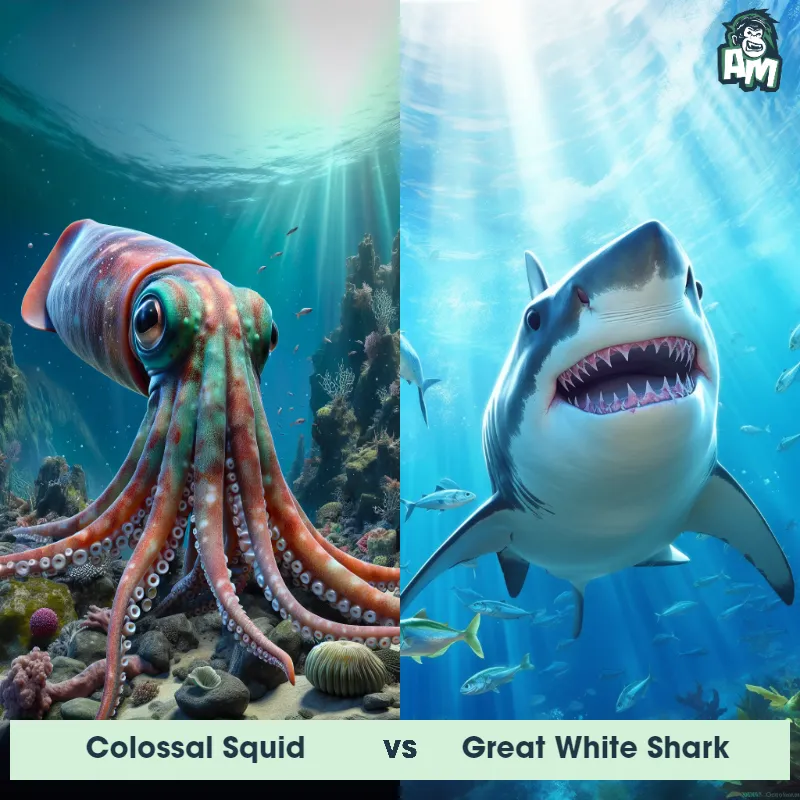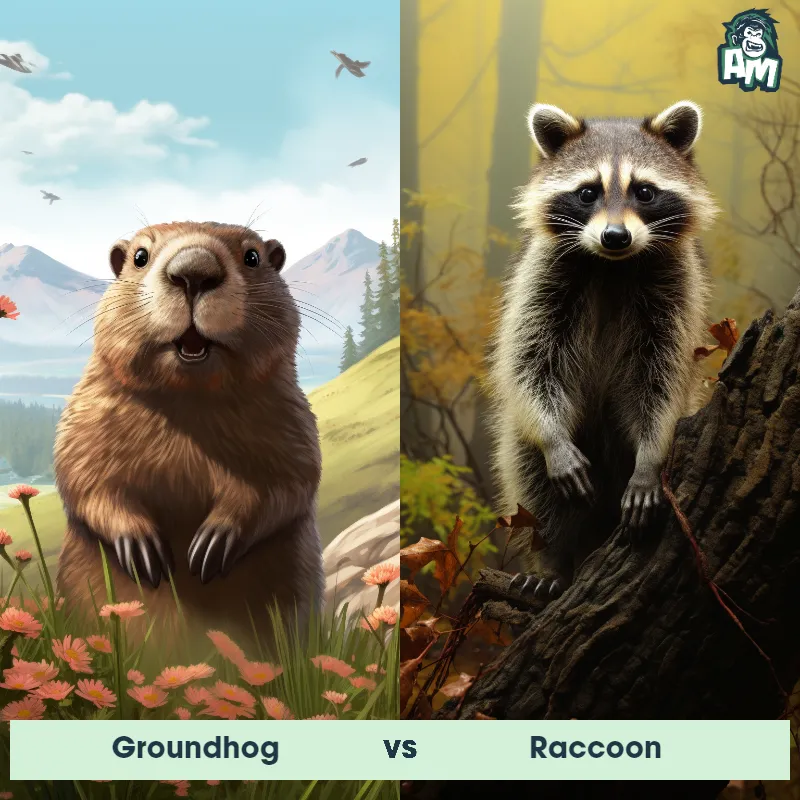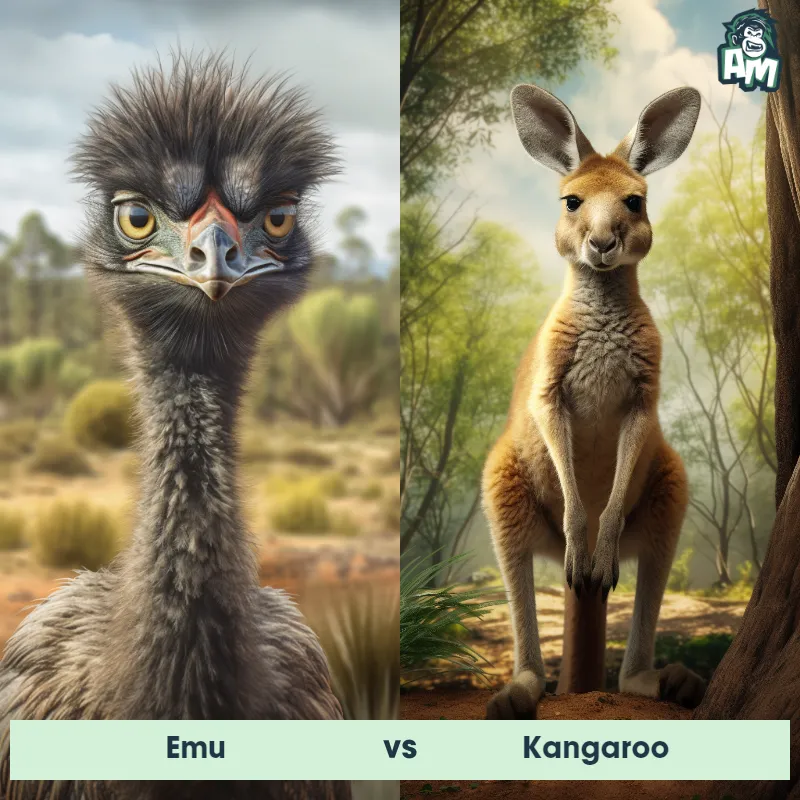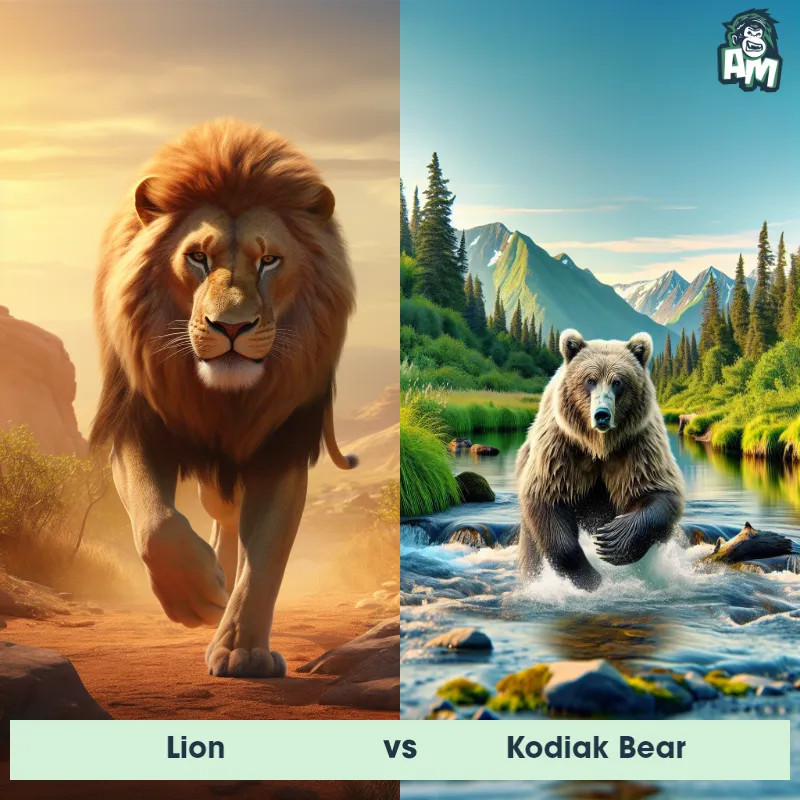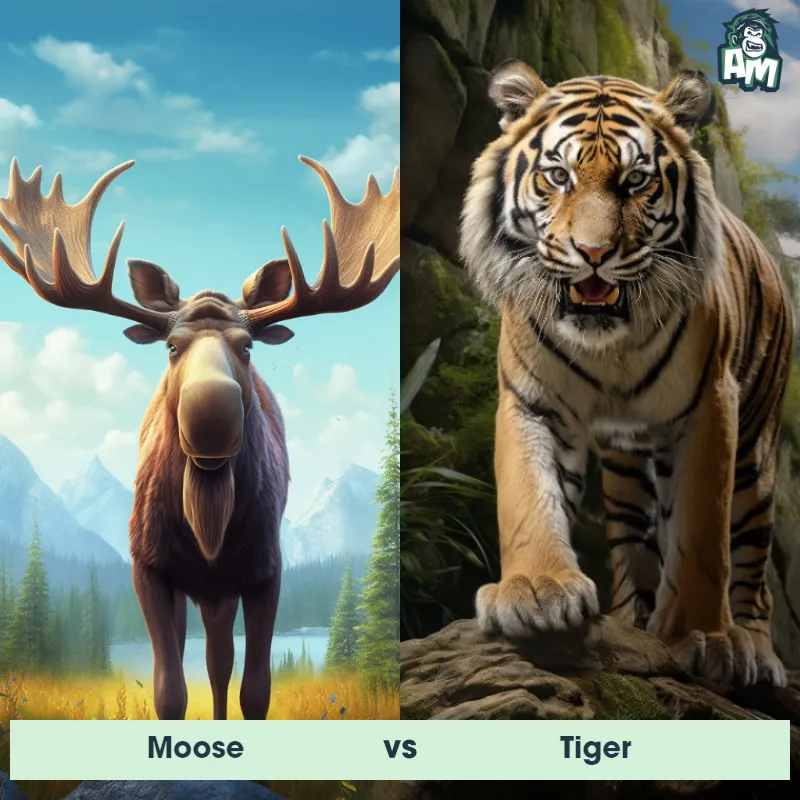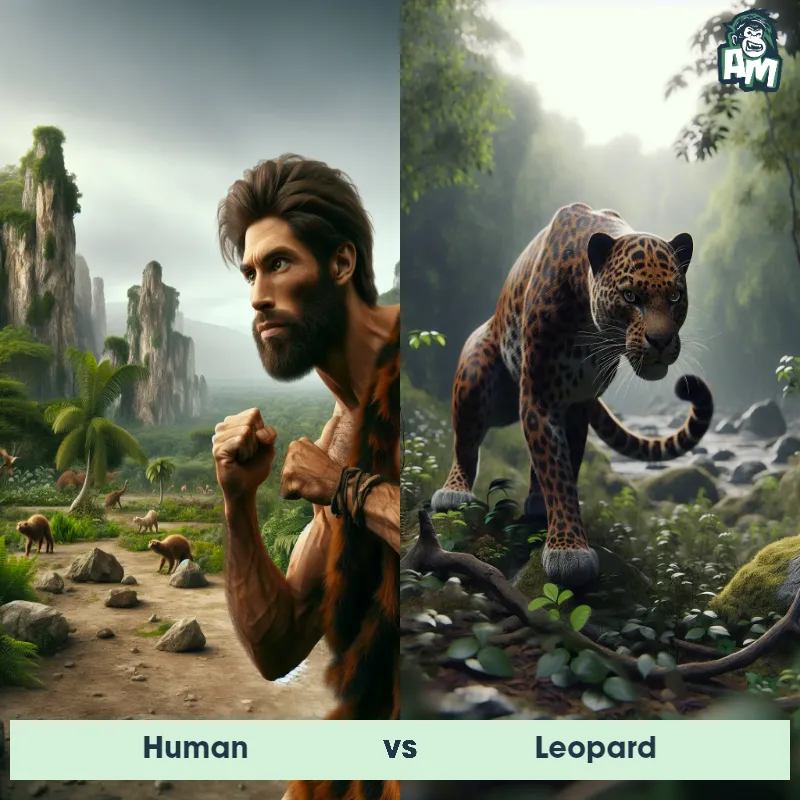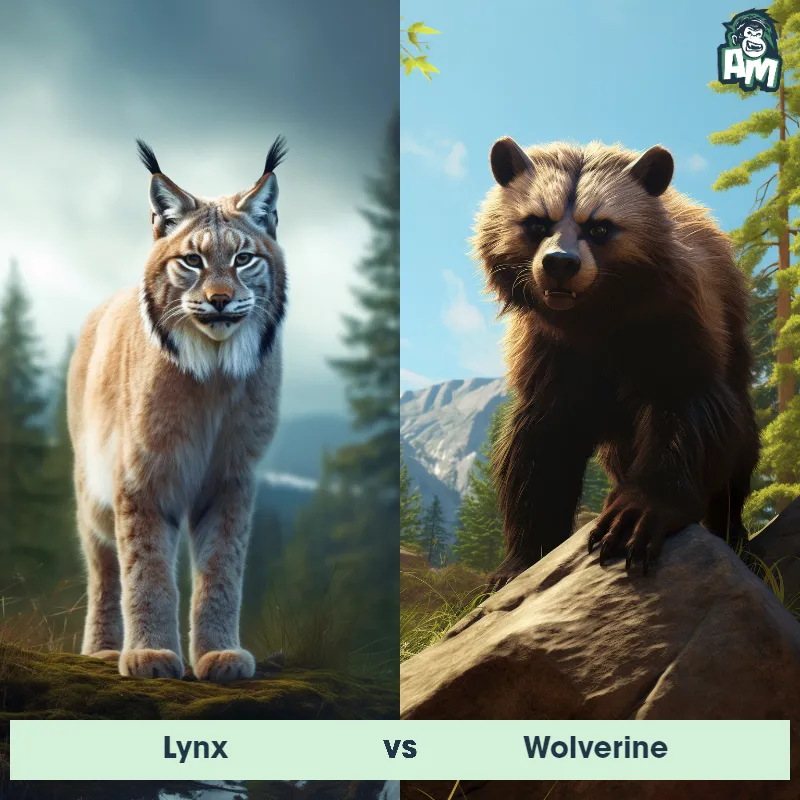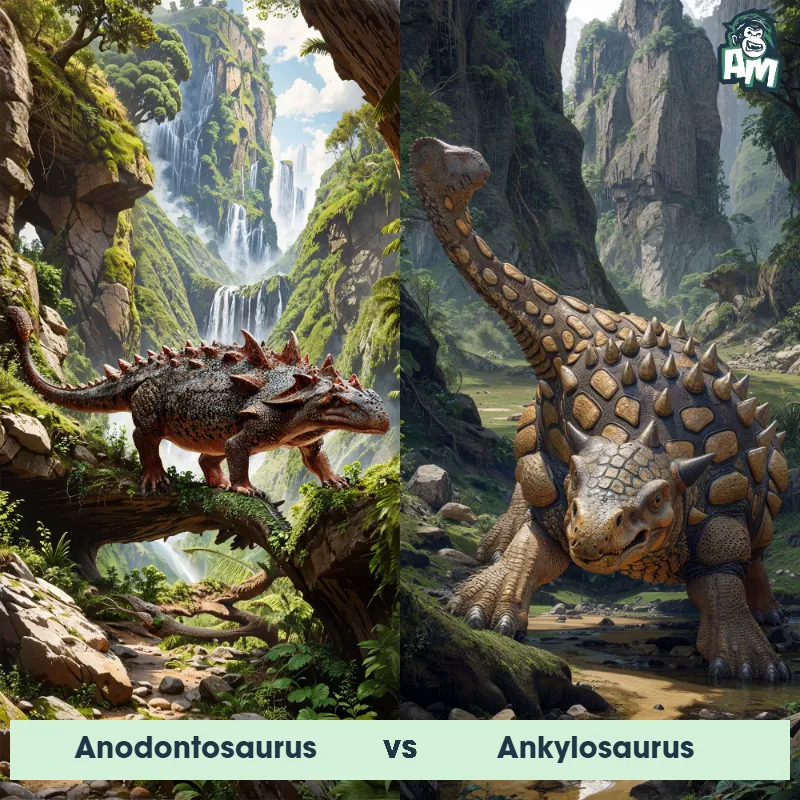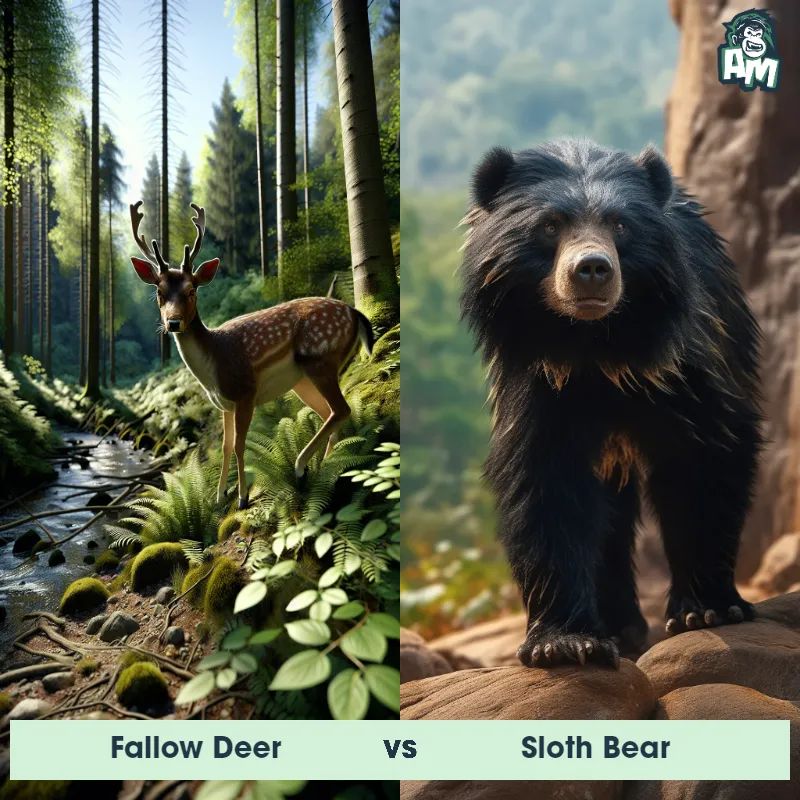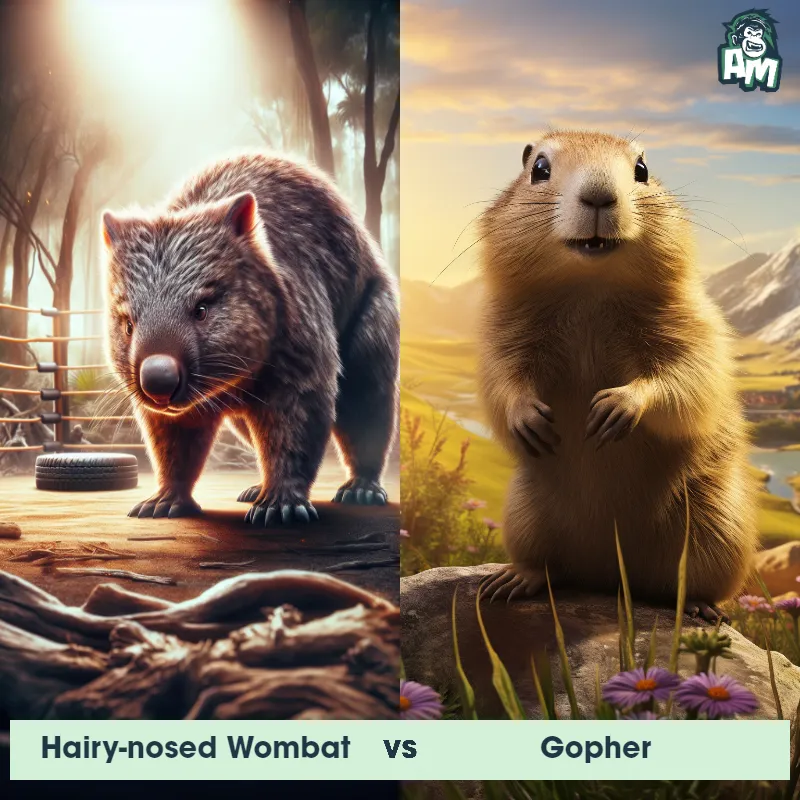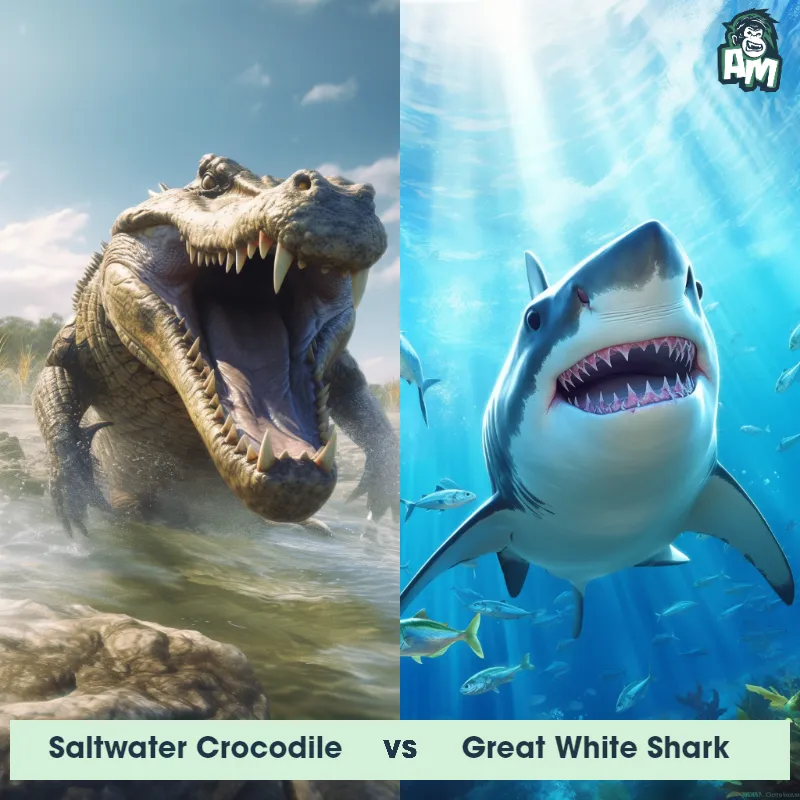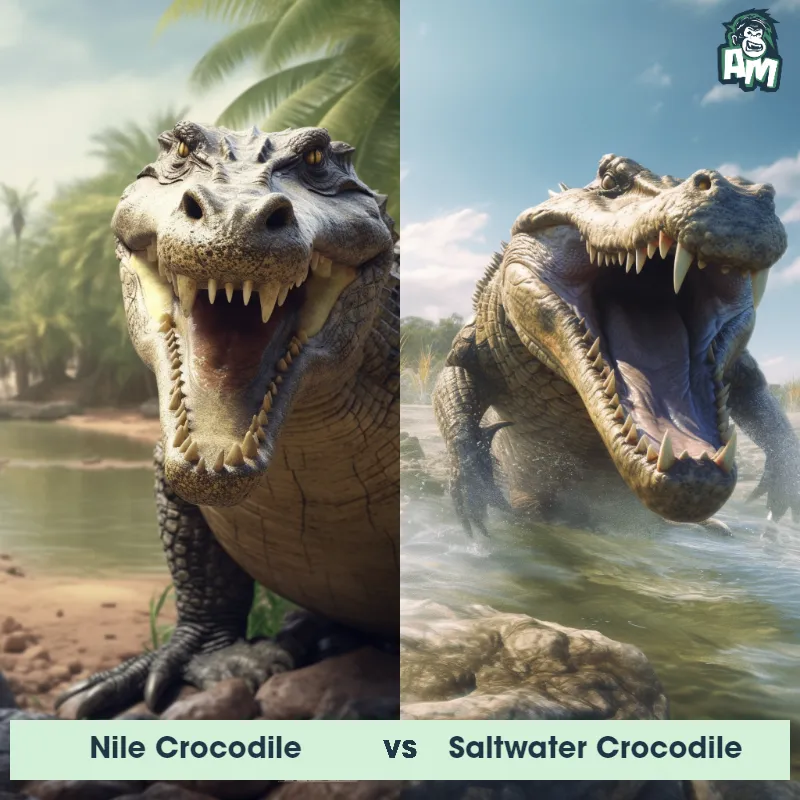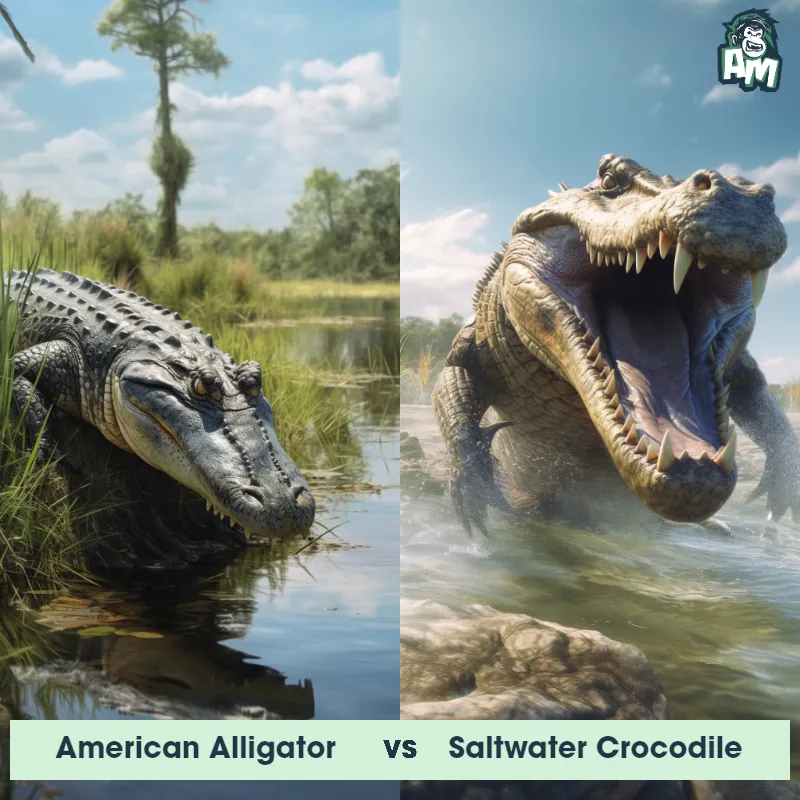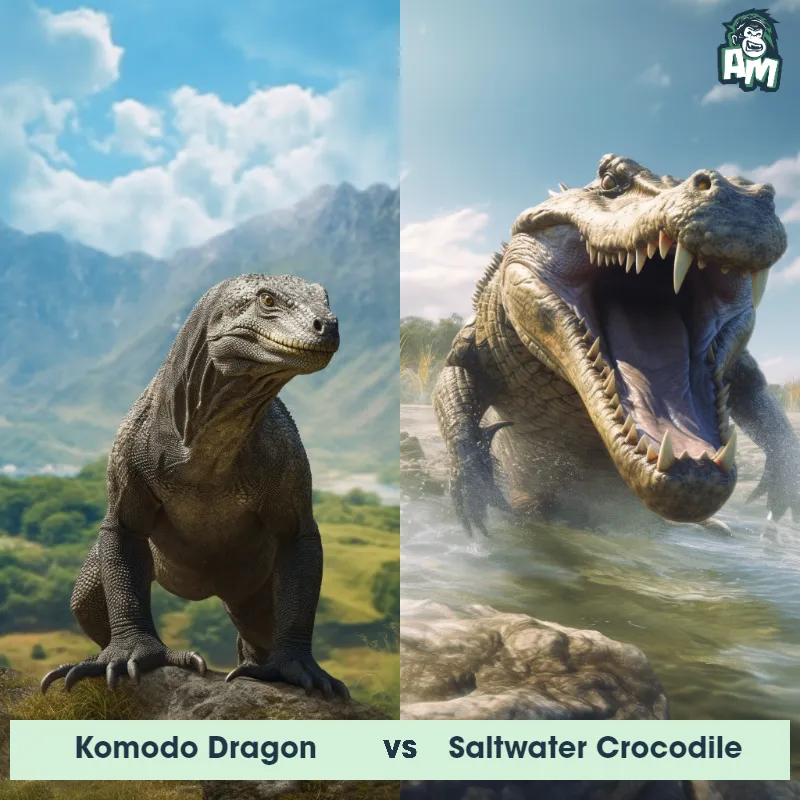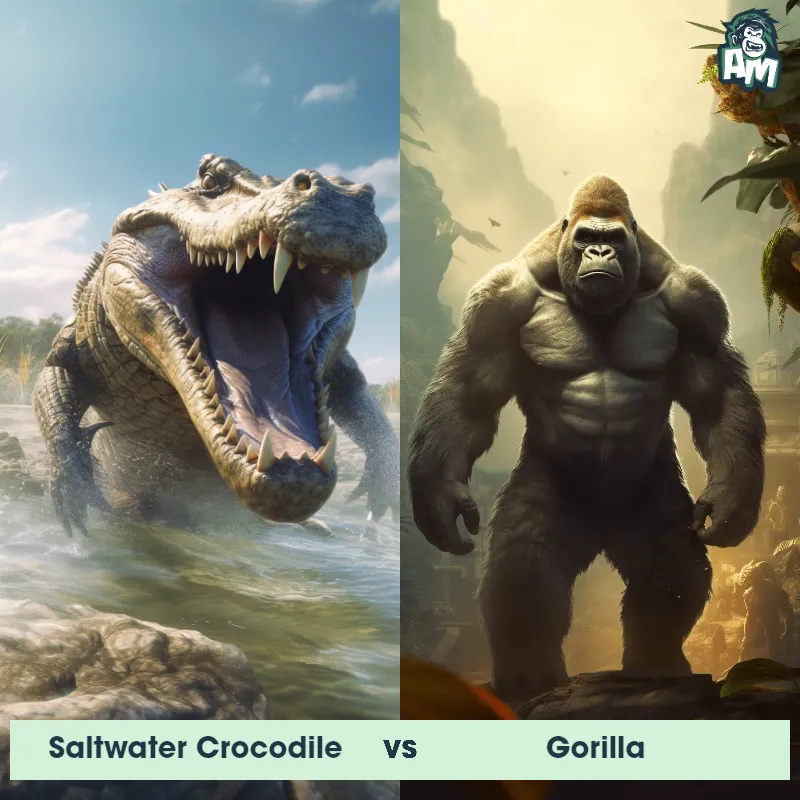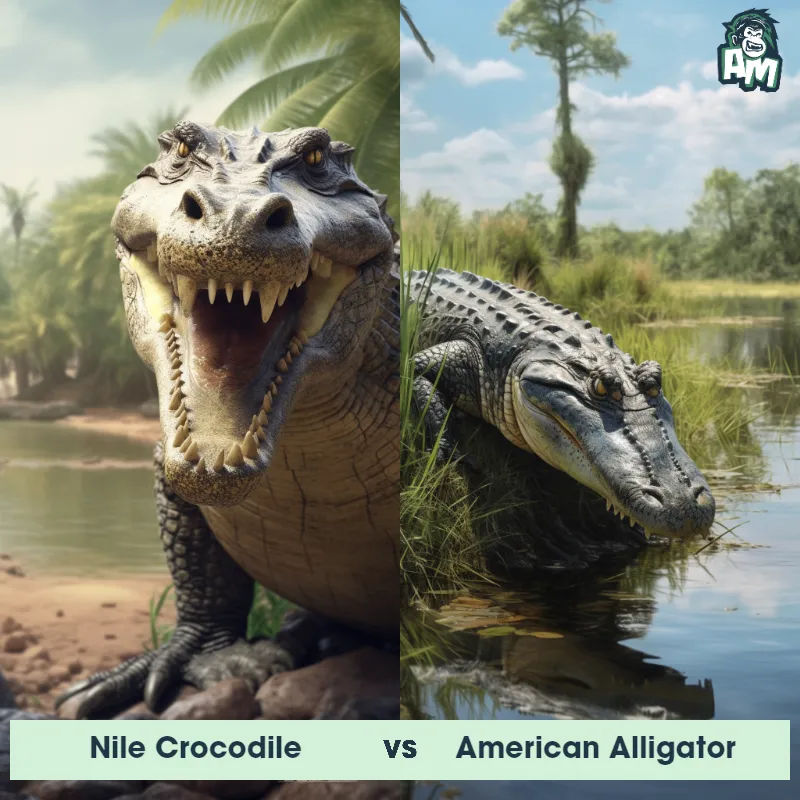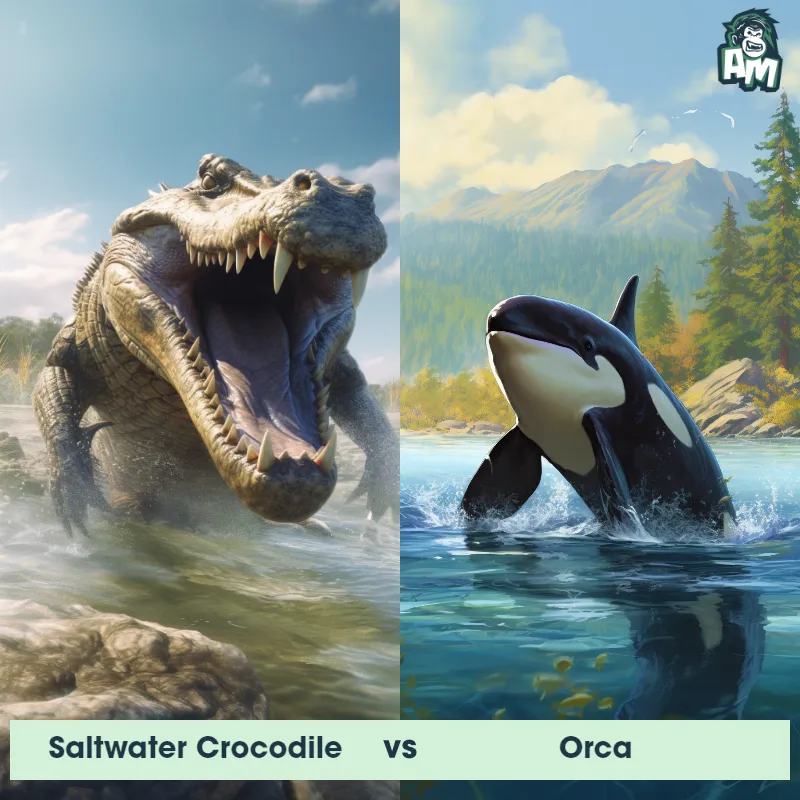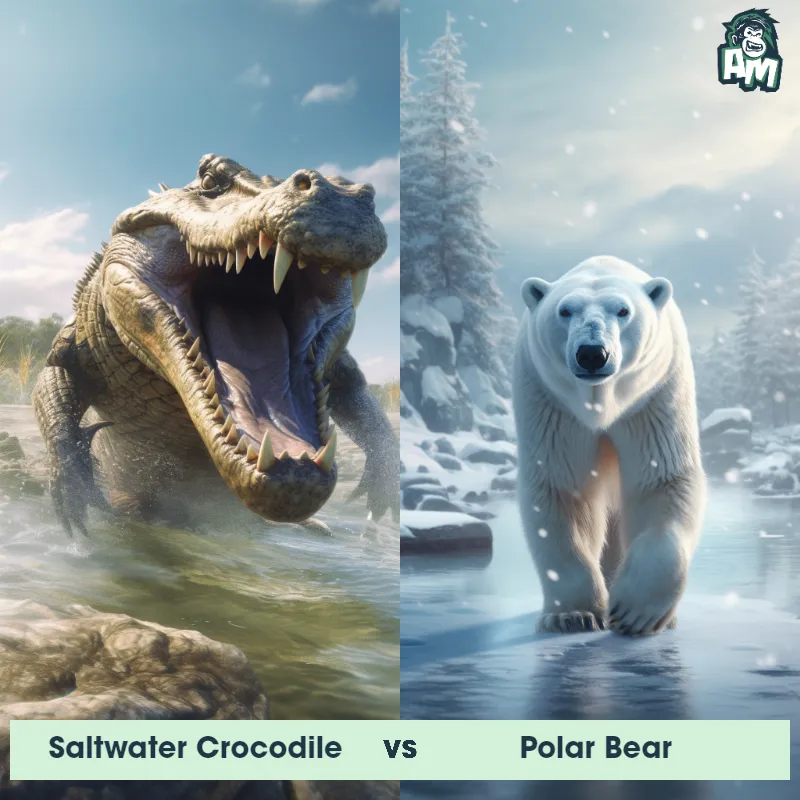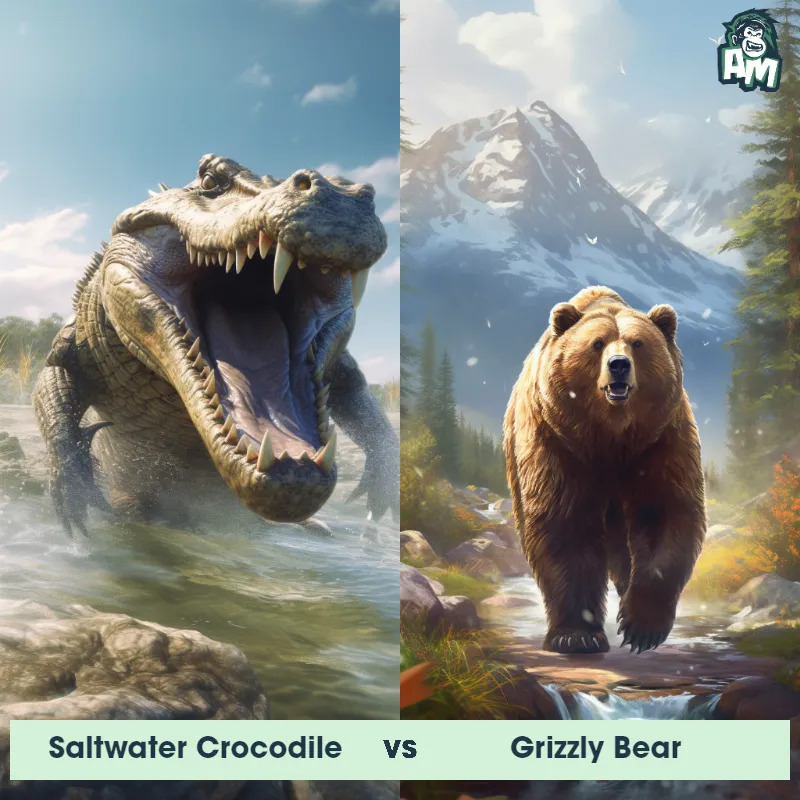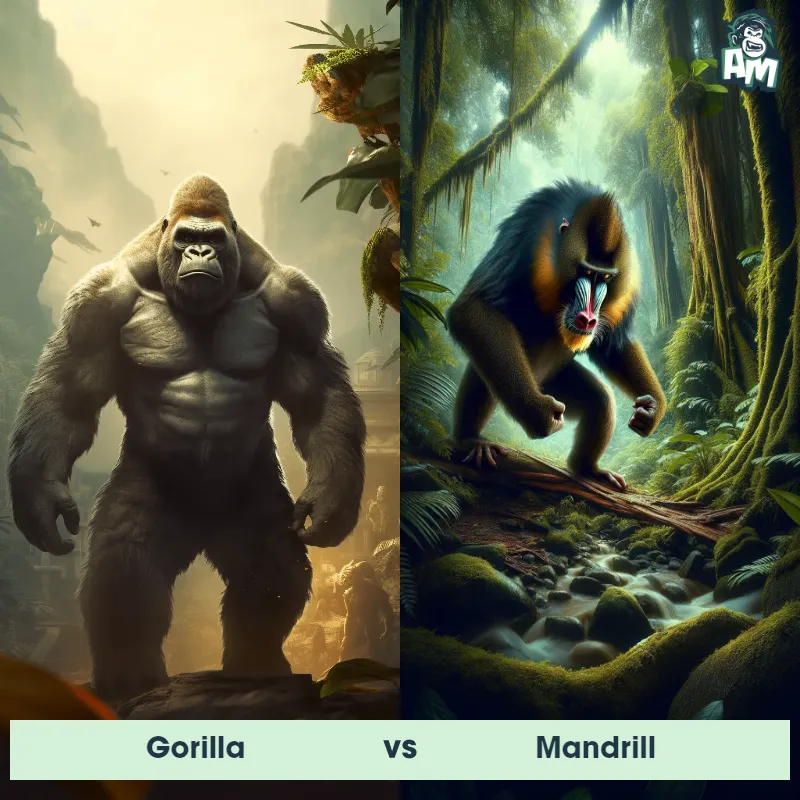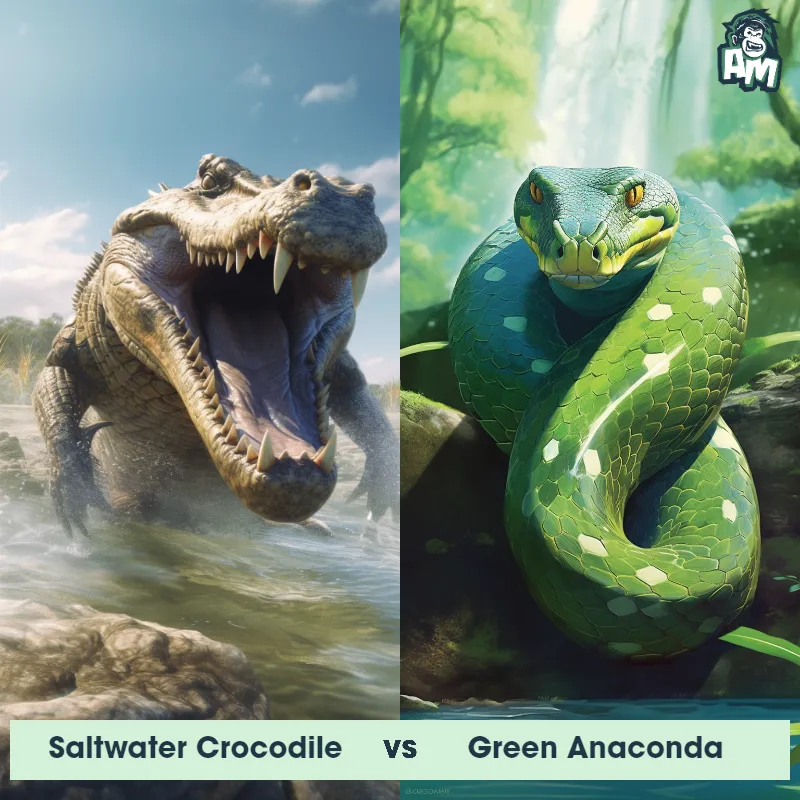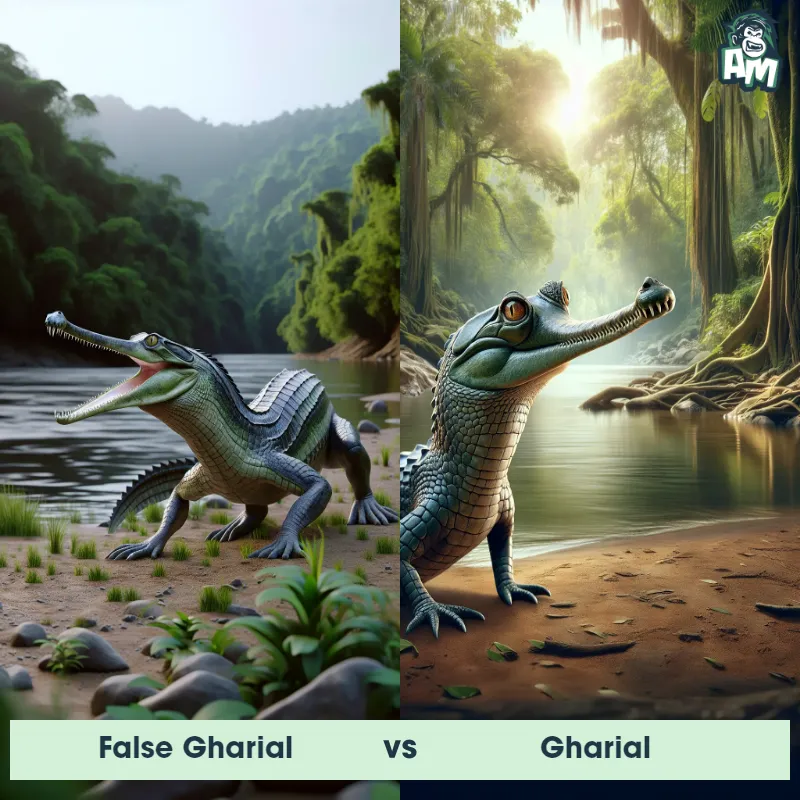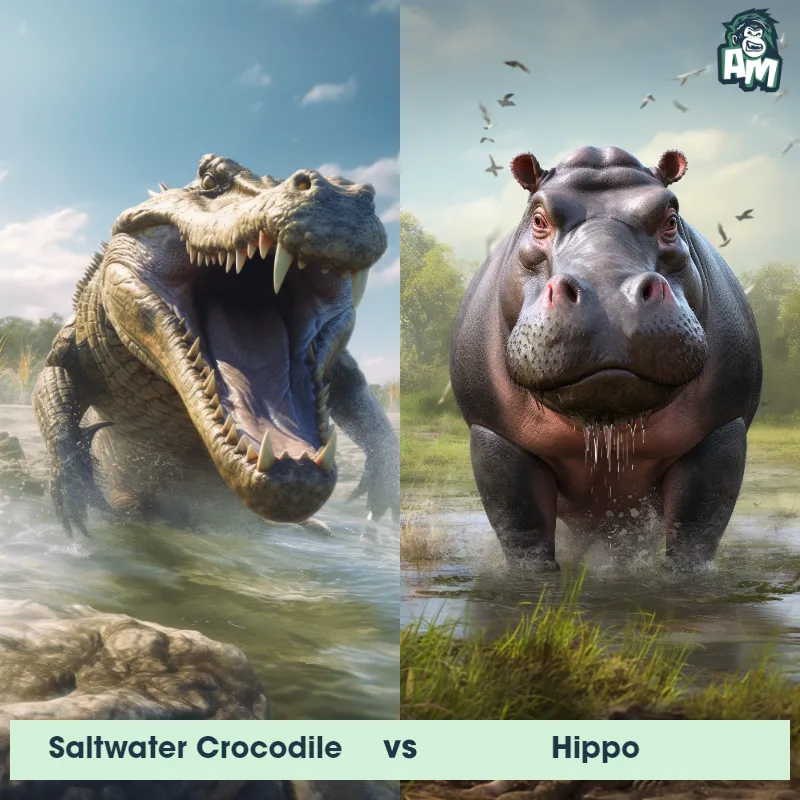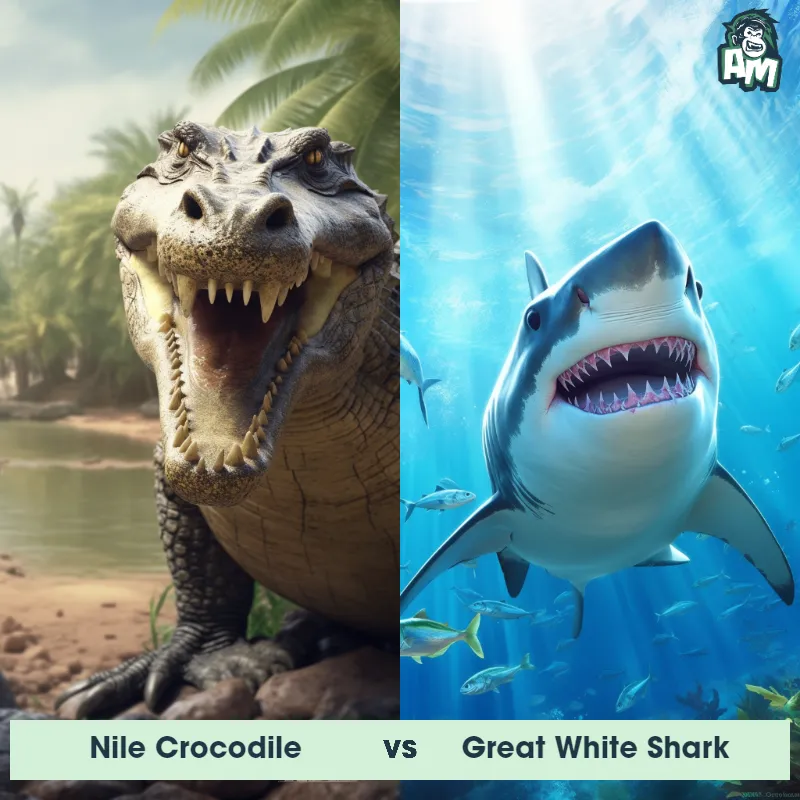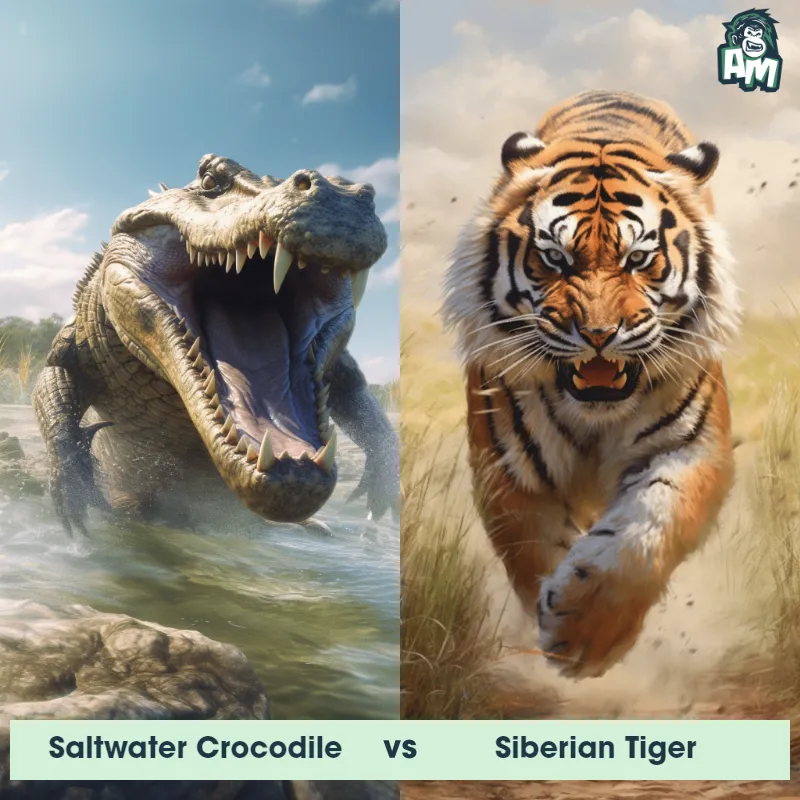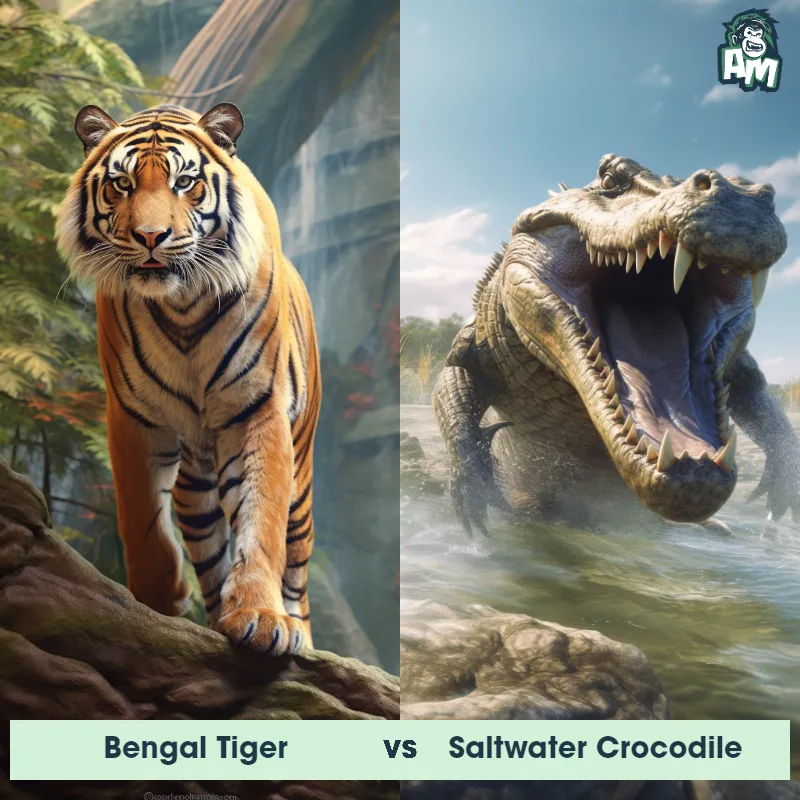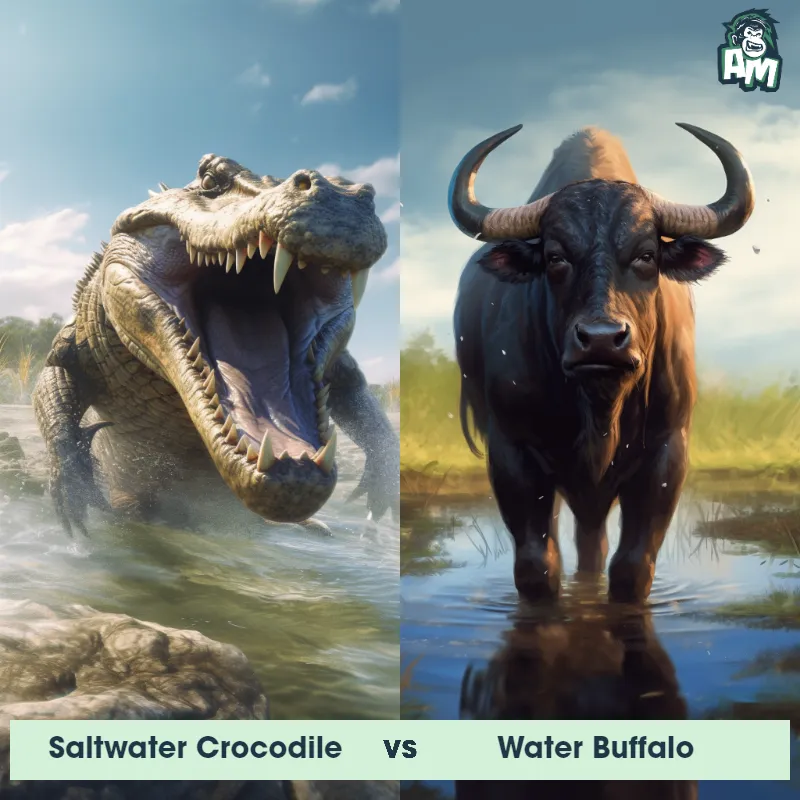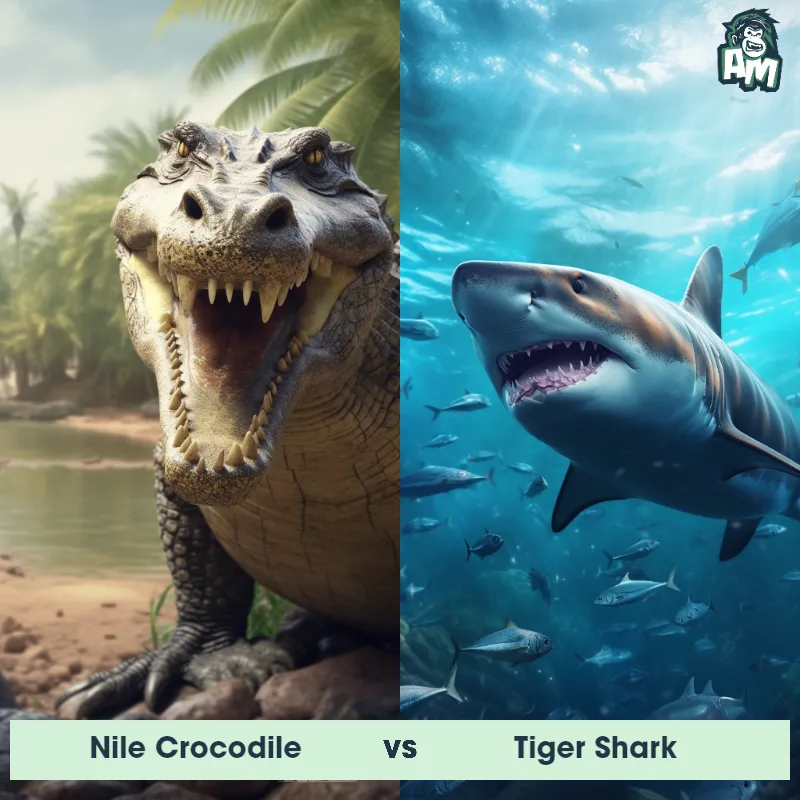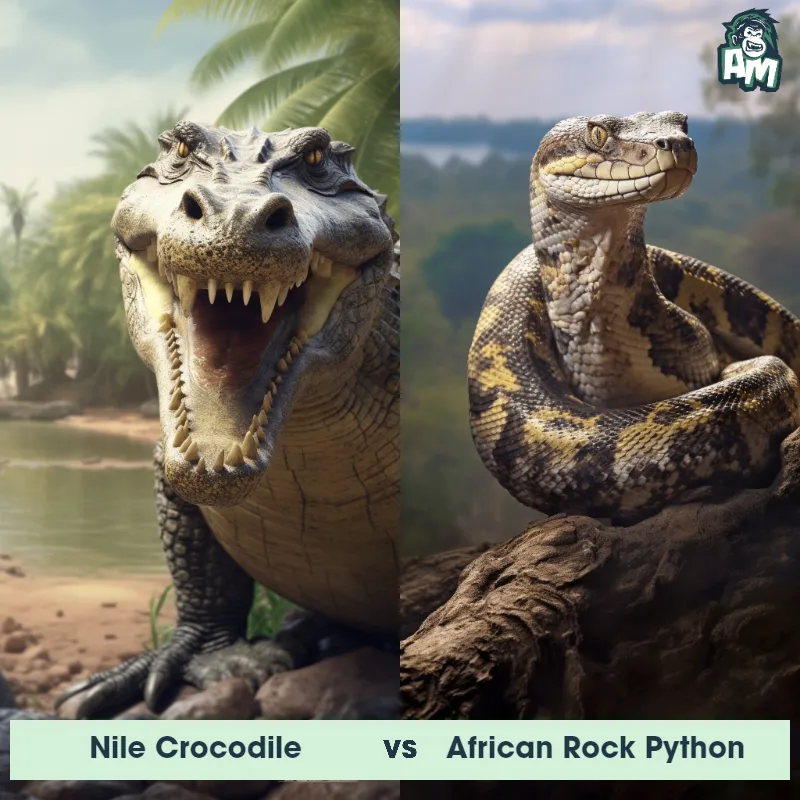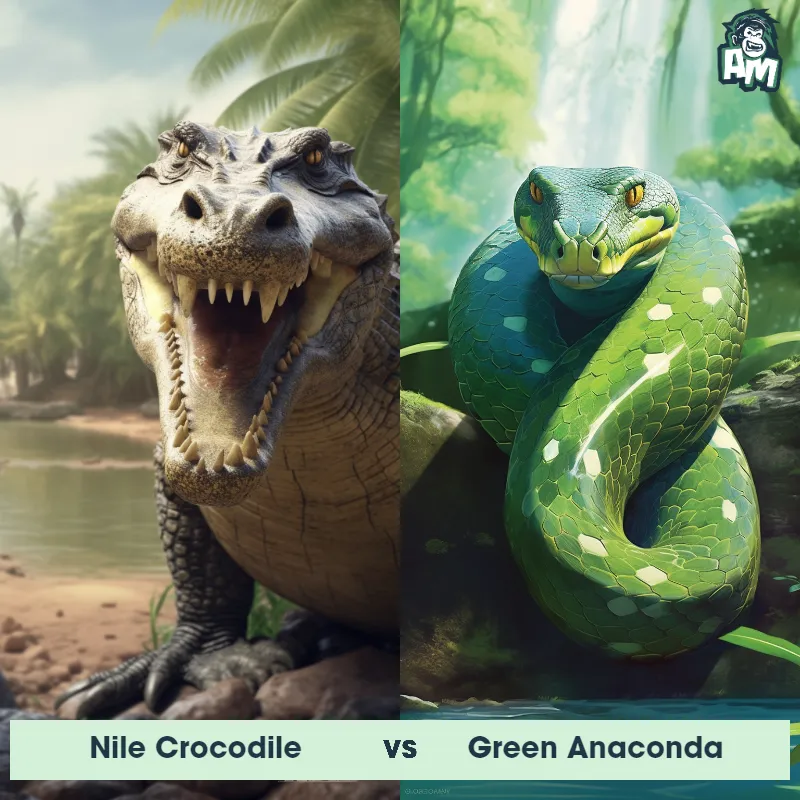Olive Baboon vs Nile CrocodileSee Who Wins

Welcome, ladies and gentlemen, to a thrilling matchup between an Olive Baboon and a Nile Crocodile. Both of these animals are fierce competitors in the animal kingdom, and tonight they will face off in a three-round fight to determine who will come out on top.
Contender 1: Olive Baboon
The Olive Baboon, also known as the Anubis Baboon, is a species of baboon native to parts of East Africa and the Arabian Peninsula. These social primates are easily recognized by their large size, with males typically weighing around 30-40 kilograms and females being slightly smaller. Olive Baboons have short, coarse fur that ranges in color from yellowish-brown to gray, and their faces are hairless with prominent muzzles. They possess long, powerful limbs with grasping hands and opposable thumbs, making them adept climbers and walkers. With their impressive canines and protruding face bones called ischnia, they exhibit a robust appearance. These baboons are known for living in large groups called troops, which can contain up to 150 individuals, and engaging in complex social interactions.
Fun Fact: One fascinating fact about Olive Baboons is that they have a diverse diet, which includes a wide range of fruits, leaves, seeds, insects, small vertebrates, as well as occasional carrion and even soil, making them opportunistic omnivores.
Contender 2: Nile Crocodile
The Nile Crocodile, also known as the common crocodile, is a large reptile that can grow up to 20 feet long and weigh over 1,000 pounds. They have a powerful jaw with sharp teeth and a tough, scaly skin that ranges in color from gray to brown. Nile Crocodiles are found throughout sub-Saharan Africa and are known for their aggressive behavior and ability to take down large prey, including humans.
Fun Fact: Nile Crocodiles are known for their incredible strength and are capable of dragging prey weighing up to 1,000 pounds out of the water and onto land.
Matchup Stats
| Olive Baboon | Nile Crocodile | |
|---|---|---|
| Size | 2-3 feet (60-90 cm) tall | Up to 20 feet (6.1 meters) |
| Weight | 66-88 pounds (30-40 kg) | Over 1,000 pounds (453.6 kilograms) |
| Speed | 34mph (55km/h) | Land Speed: 11 mph (18 km/hr) |
| Key Strength | Powerful jaws and canines | Powerful jaw and strong bite force |
| Biggest Weakness | Vulnerable to attacks on their lower body | Slow on land and vulnerable to attacks on the underside of its body |
Current Votes
Olive Baboon vs Nile Crocodile
See Who Wins
View More Matches
Looking For More?
Similar Matches
Scientific Stats
| Olive Baboon | Nile Crocodile | |
|---|---|---|
| Scientific Name | Papio anubis | Crocodylus niloticus |
| Family | Cercopithecidae | Crocodylidae |
| Habitat | Forests, savannas, and woodland areas | Freshwater rivers, lakes, and marshes |
| Geography | East Africa and the Arabian Peninsula | Sub-Saharan Africa |
| Diet | Fruits, leaves, seeds, insects, small vertebrates, carrion, and soil | Carnivorous, eats fish, birds, mammals, and occasionally humans |
| Lifespan | 20 years - 30 years | 70 years - 100 years |
Key Differences between Olive Baboon and Nile Crocodile
- Habitat: Olive baboons are primarily terrestrial primates found in savannas and woodlands, while Nile crocodiles are aquatic reptiles that inhabit rivers, lakes, and swamps in sub-Saharan Africa.
- Head shape: Olive baboons have a rounded head with a prominent muzzle and forward-facing eyes, while Nile crocodiles have a long, narrow head with eyes positioned on top for stealthy hunting in the water.
- Color: Olive baboons have a predominantly olive-green fur coat with a lighter-colored underbelly, while Nile crocodiles have a dark green to black body with a yellowish underbelly.
- Tail: The main visual difference between the two species is their tails - baboons have long, fur-covered tails that are often held upright, while crocodiles have a thick, scaly tail that propels them through the water.
- Size: The Nile crocodile is significantly larger than the Olive baboon, with adults reaching lengths of up to 16 feet compared to the baboon's average height of 3 feet.
- Body shape: Olive baboons have a robust and muscular body with long limbs and a tapered waist, whereas Nile crocodiles have a long, streamlined body with powerful jaws and a wide, flat tail.



